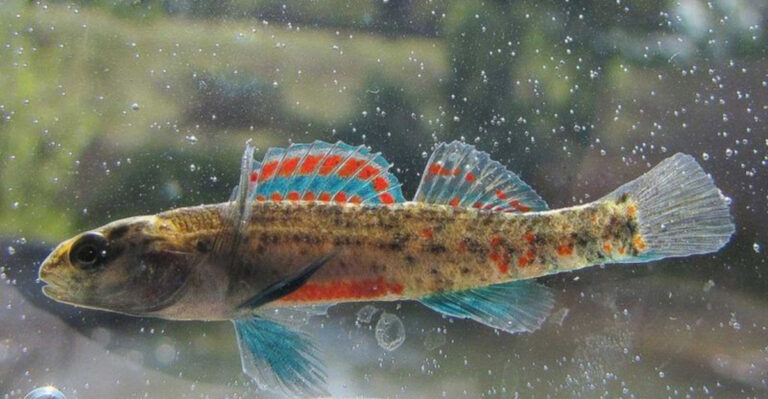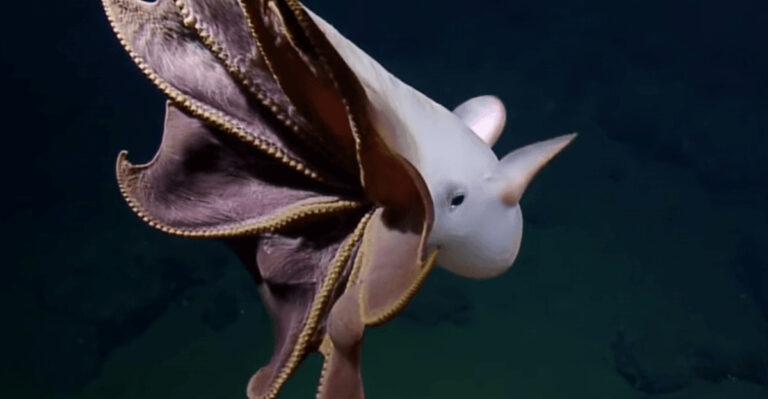15 Adorable Endangered Animals That Need Our Help
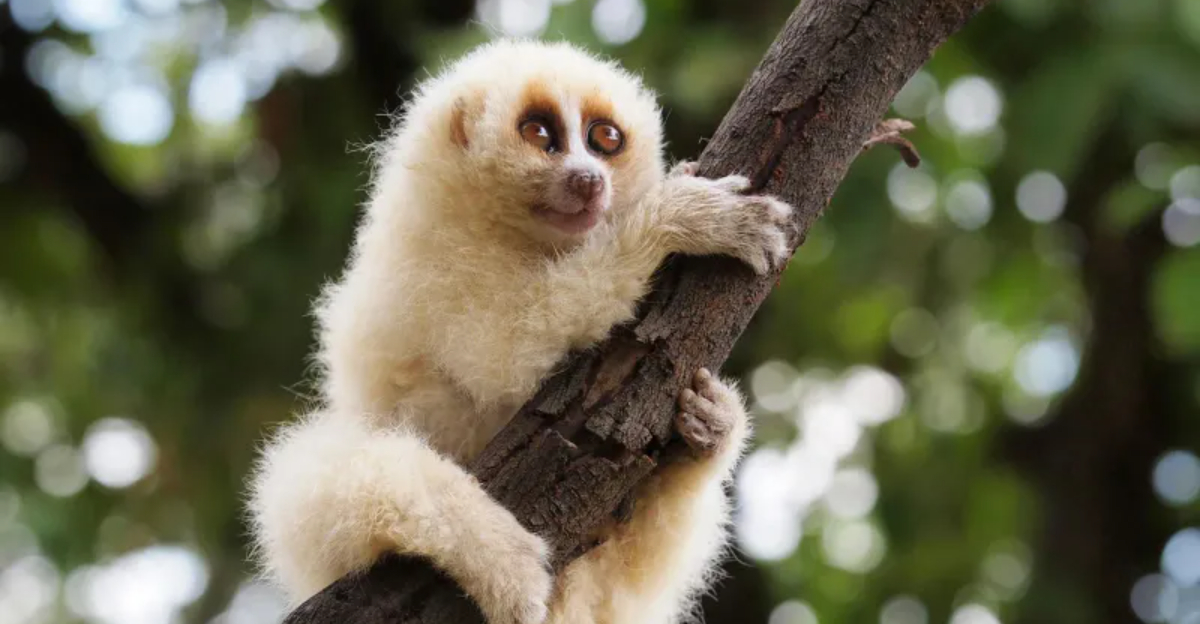
Our planet is home to some incredibly cute creatures that are sadly facing extinction. From tiny monkeys to smiling marsupials, these animals capture our hearts while their populations dwindle due to human activities.
Learning about these endangered animals is the first step toward protecting them for future generations.
1. Pygmy Marmoset
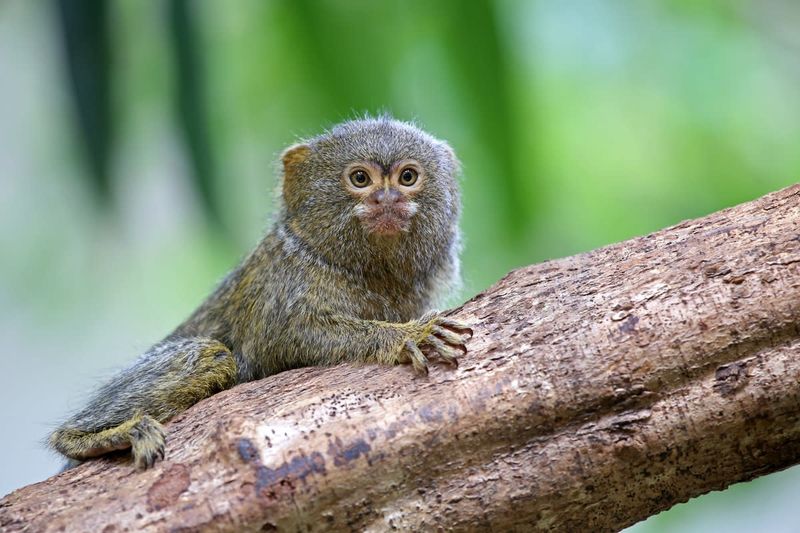
Smaller than your cell phone, these tiny monkeys weigh just 3.5 ounces! Their baby-like faces and miniature hands make them irresistibly adorable.
Amazon deforestation threatens their tree-top homes, while illegal pet traders snatch them from the wild. Conservation efforts focus on protecting their rainforest habitat in South America.
2. Red Panda
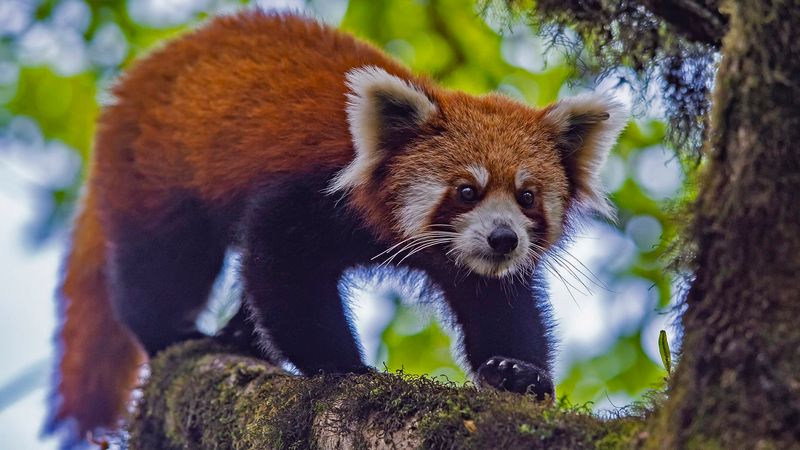
Firefox mascot lookalikes with rust-colored fur and raccoon-like faces, red pandas spend most of their time munching bamboo in mountain forests.
Their numbers have plummeted by 40% in just two decades. Poachers hunt them for their distinctive fur, while logging operations destroy their habitats across the Himalayas and China.
3. Axolotl
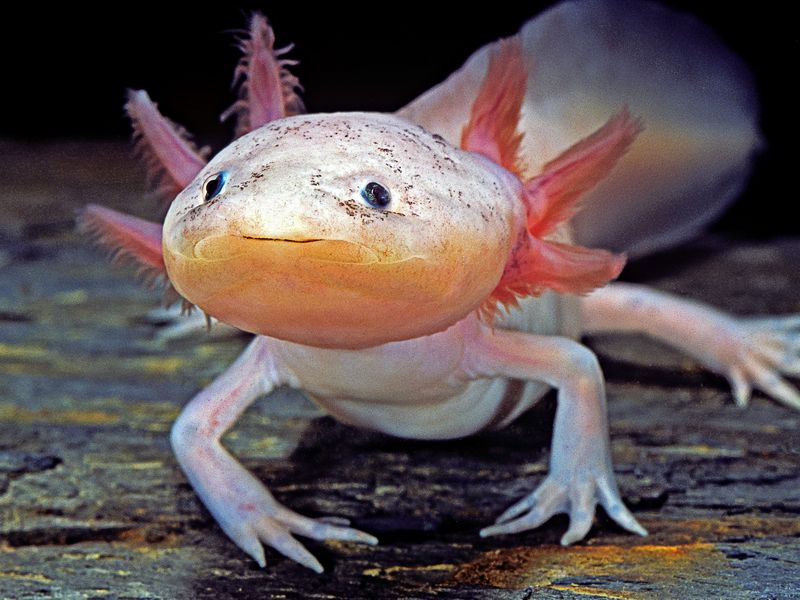
Nature’s eternal smilers! These aquatic salamanders stay in their juvenile form forever, sporting external gills that look like a fancy headdress.
Found naturally only in Mexico City’s Lake Xochimilco, urban development has devastated their habitat. Water pollution and invasive fish species further threaten these smiling swimmers, with fewer than 1,000 remaining in the wild.
4. Quokka
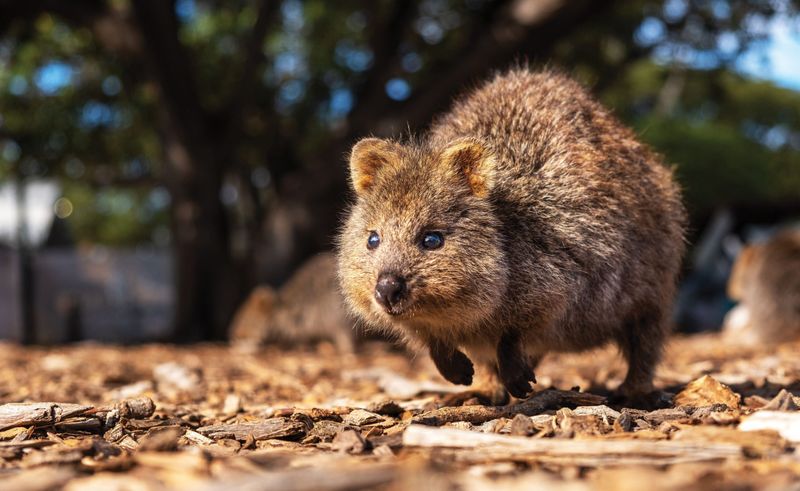
Meet the world’s happiest animal! Quokkas’ perpetual smiles have made them social media stars, but their cheerful appearance masks serious survival challenges.
Living primarily on small Australian islands, these cat-sized marsupials face threats from introduced predators like foxes and cats. Climate change brings more frequent droughts, further stressing their limited island habitats.
5. Amur Leopard
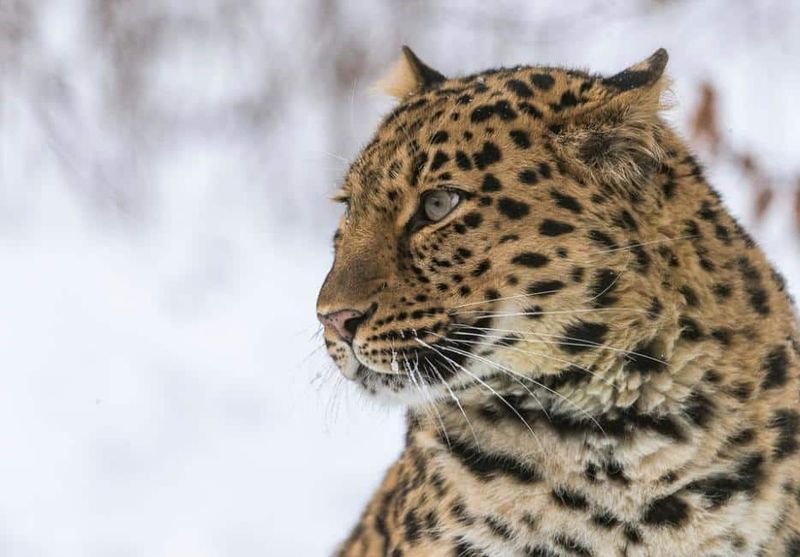
Winter warriors with stunning spotted coats, Amur leopards are built for the harsh Russian Far East and northern China climate. Their thick fur changes from reddish-yellow in summer to pale cream in winter.
With fewer than 100 left in the wild, they’re among the world’s most endangered big cats. Poachers target them for their beautiful pelts, while forest destruction shrinks their territory.
6. Slow Loris
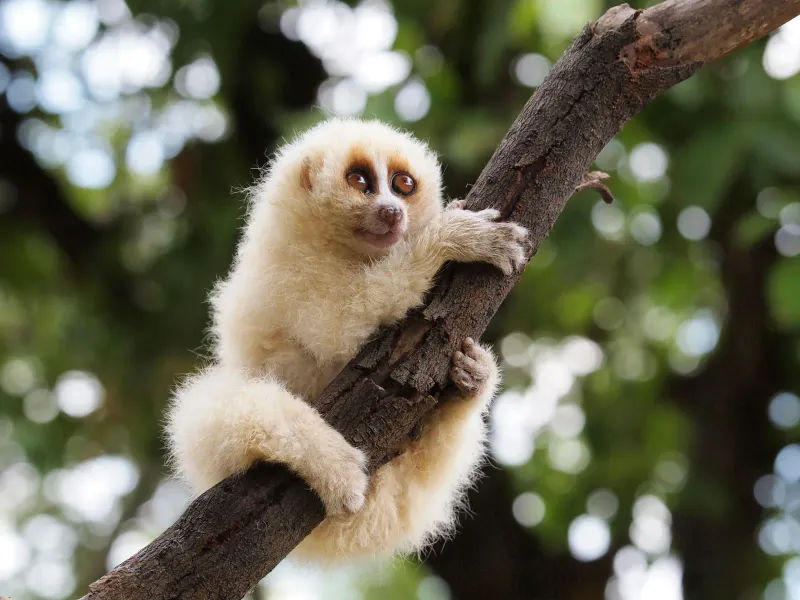
Those enormous round eyes might make your heart melt, but they serve a vital purpose – helping these nocturnal primates hunt insects in the dark.
Despite their adorable appearance, slow lorises have a venomous bite! This hasn’t stopped illegal pet traders from capturing them. Habitat loss across Southeast Asia further threatens these slow-moving creatures.
7. Vaquita
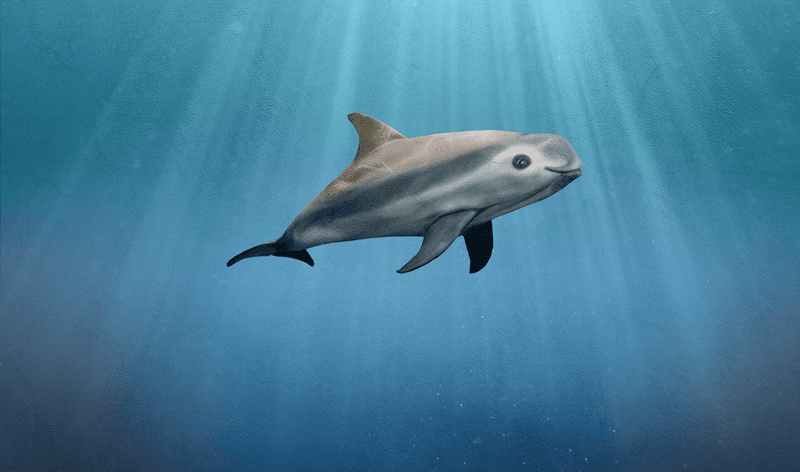
Nicknamed “sea pandas” for the dark rings around their eyes, these tiny porpoises measure just 5 feet long. Found only in Mexico’s Gulf of California, they’re the rarest marine mammals alive.
Fewer than 10 vaquitas remain today. They drown in fishing nets meant for other species, particularly the totoaba fish whose swim bladders fetch high prices in China’s black market.
8. Markhor
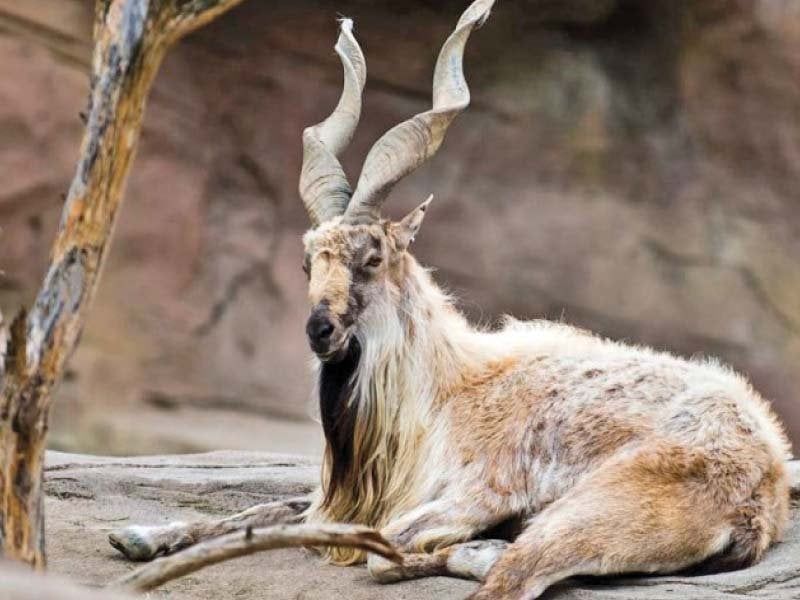
Kings of the mountain with spectacular corkscrew horns that can grow up to 5 feet long! These wild goats navigate precarious cliffs across Central Asia with astonishing agility.
Trophy hunters prize their impressive horns, while livestock compete for their grazing lands. Conservation success stories shine hope – Pakistan’s markhor population has doubled since implementing community-based protection programs.
9. Snow Leopard
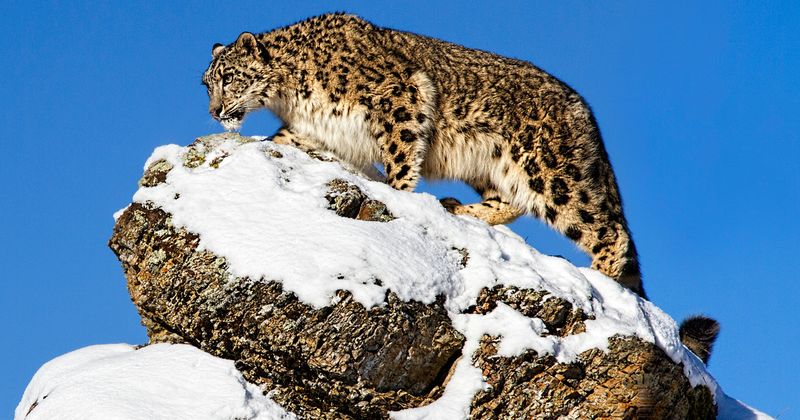
Ghost cats of the mountains! Their thick, spotted gray-white fur provides perfect camouflage against rocky Himalayan slopes and snow. These solitary hunters leap distances up to 50 feet when chasing prey.
Climate change pushes their habitat higher into mountains, while poachers hunt them for their beautiful pelts and body parts used in traditional medicine.
10. Yangtze Giant Softshell Turtle
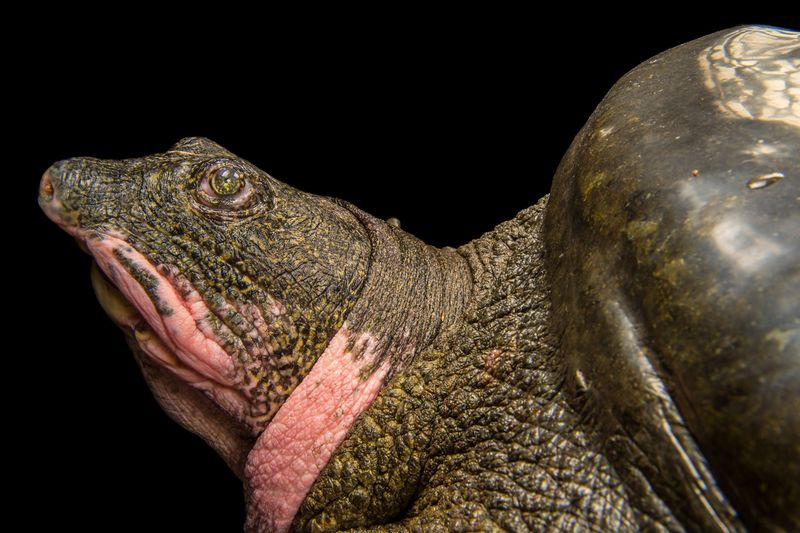
Ancient living fossils that can weigh over 220 pounds with lifespans exceeding 100 years! Their leathery shells and tube-like snouts give them a prehistoric appearance. Only three individuals remain alive today.
Habitat destruction, hunting for meat and traditional medicine, and water pollution have devastated their population. Conservation teams work desperately on captive breeding programs to save this species.
11. Kakapo
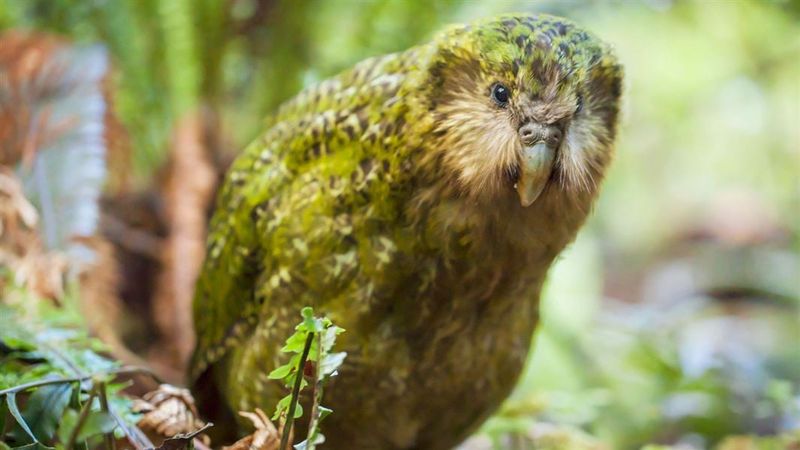
Fluffy moss-green parrots that forgot how to fly! Kakapos evolved without predators on New Zealand’s islands, developing ground-dwelling habits and losing flight abilities. Their owl-like faces and waddling gait make them endearingly awkward.
Introduced predators like cats and rats nearly wiped them out. Thanks to intensive conservation efforts, their population has grown from just 51 birds in 1995 to about 200 today.
12. Saola
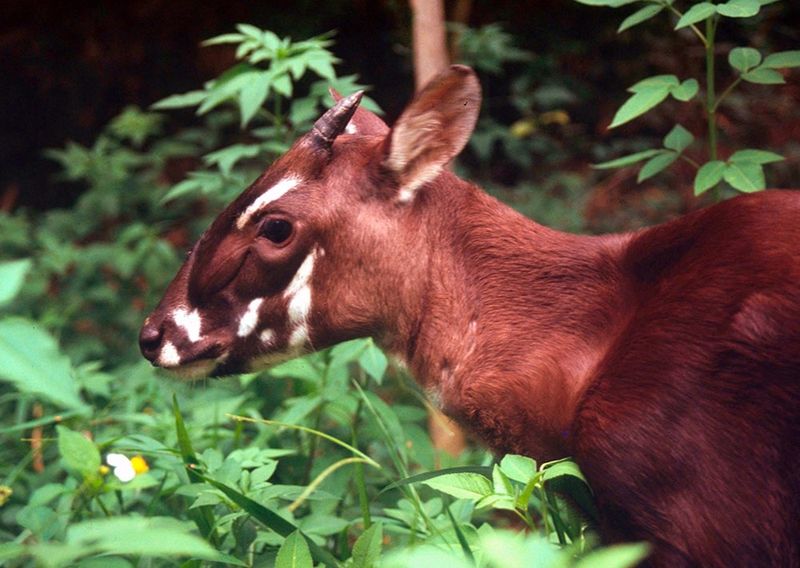
The “Asian unicorn” wasn’t photographed until 1999! These shy forest dwellers sport two parallel horns and distinctive white facial markings. Scientists estimate fewer than 100 remain in the misty mountains between Vietnam and Laos.
Hunting with snares intended for other animals accidentally captures saolas. Their remote habitat makes conservation extremely challenging.
13. Fennec Fox
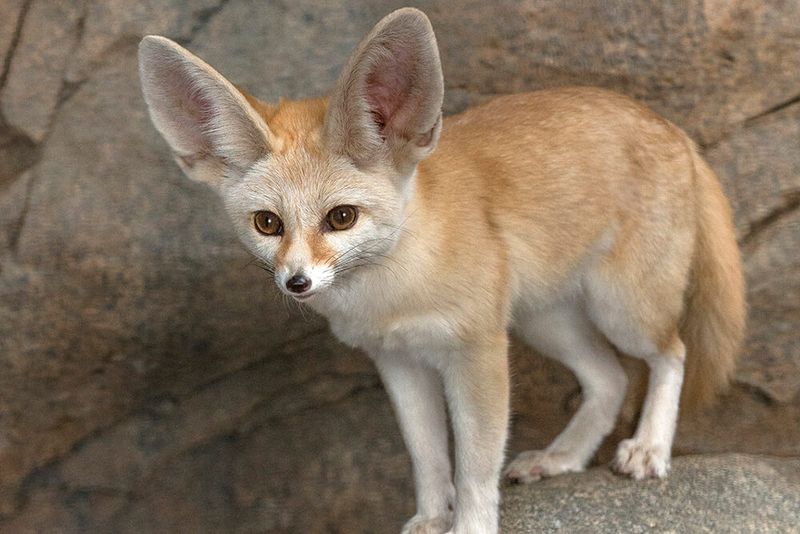
Sporting ears bigger than their faces, these pint-sized desert foxes could win any cuteness contest! Their oversized ears serve as natural air conditioners in the scorching Sahara heat.
The smallest fox species weighs just 3 pounds. Desert habitat destruction and illegal pet trade threaten these nocturnal hunters. Their adaptations to extreme environments make them vulnerable to climate change.
14. Bilby
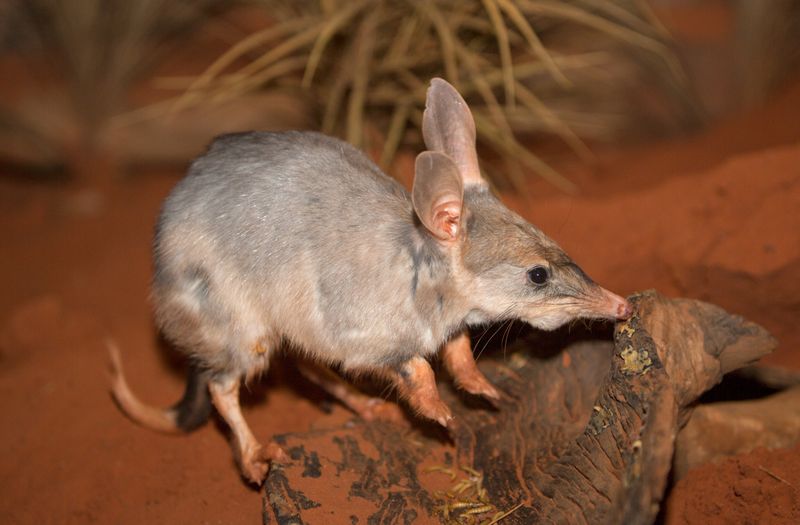
Australia’s Easter Bunny substitute has rabbit-like ears and a long pointed nose! These nocturnal marsupials dig elaborate tunnel systems to escape the desert heat.
Once found across 70% of Australia, bilbies now occupy just 15% of their former range. Introduced foxes and cats hunt them, while rabbits compete for their food. Conservation breeding programs have helped reintroduce them to protected areas.
15. Olive Ridley Sea Turtle
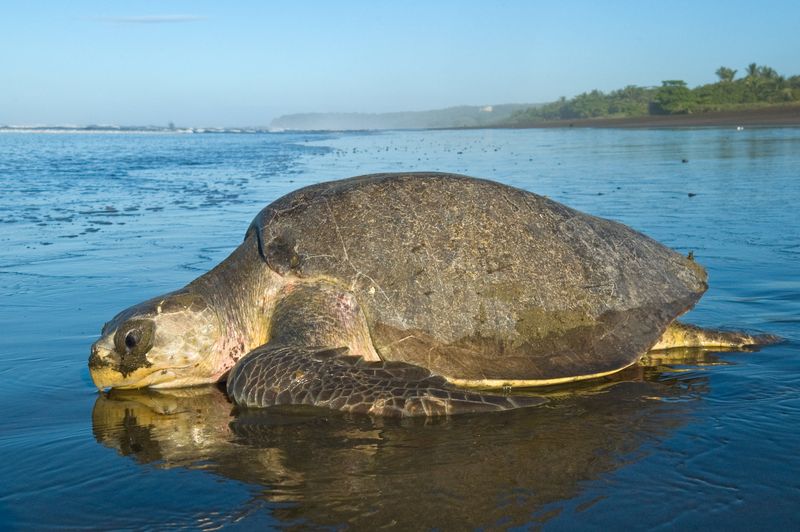
Famous for their synchronized nesting events called “arribadas,” thousands of females come ashore simultaneously to lay eggs on the same beaches. Their heart-shaped shells and determined crawl make them crowd favorites.
Despite being the most abundant sea turtle species, their numbers have declined dramatically. Fishing nets entangle them, while beach development and egg harvesting disrupt their reproductive cycle.



